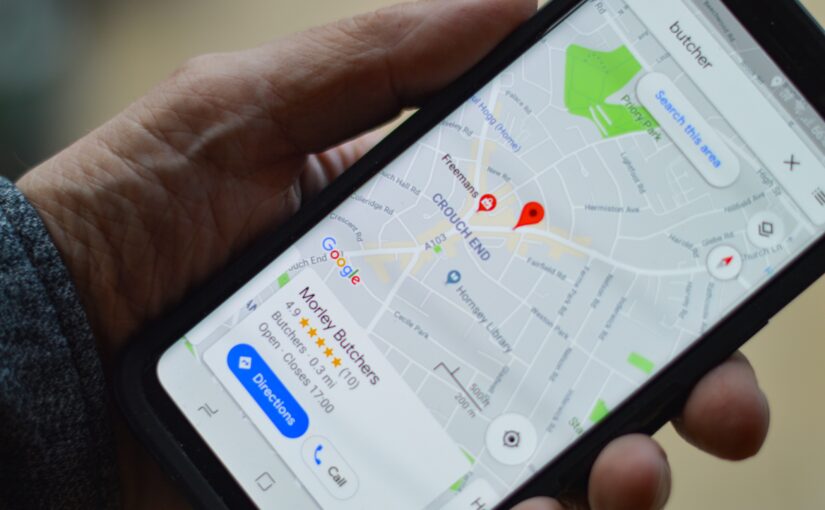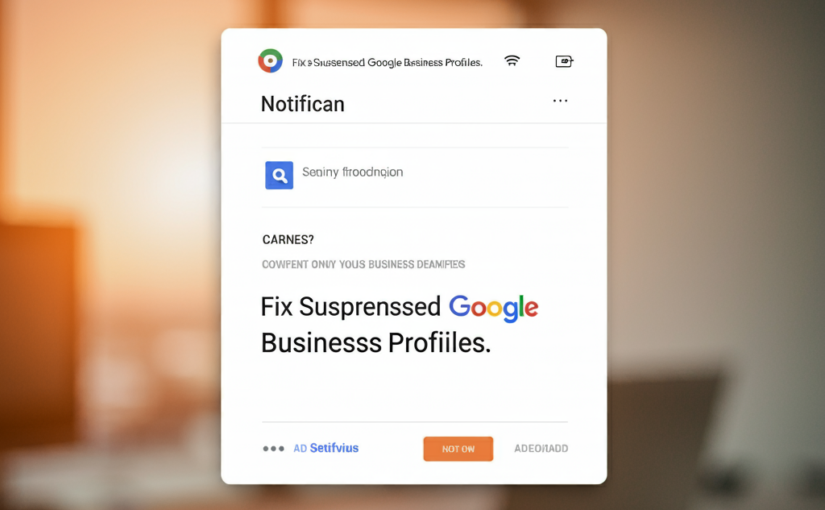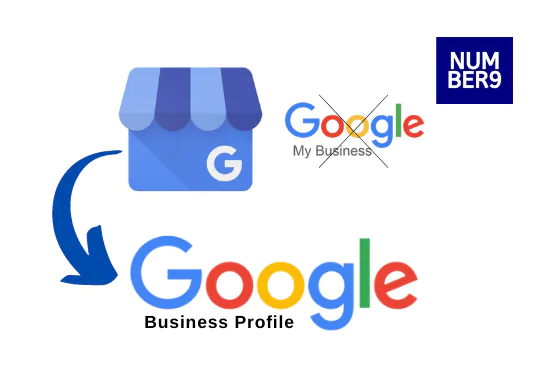Princeton Borough
Princeton is a municipality with a borough form of government in Mercer County, New Jersey, United States, that was established in its current form on January 1, 2013, through the consolidation of the now-defunct Borough of Princeton and Princeton Township. Princeton also ranked as the No. 2 best place to live in the Mercer County area, the No. 10 best place to raise a family and the no. 2 best public school in the New Jersey area. Area code609Princeton is a municipality with a borough form of government in Mercer County, New Jersey, United States, that was established in its current form on January 1, 2013, through the consolidation of the Borough of Princeton and Princeton Township.
Princeton University
The town is most famous for Princeton University, founded in 1746 as The College of New Jersey. Princeton University, one of the world’s most prominent research universities, is a dominant feature of the community. Established in 1746 as the College of New Jersey and relocated to Princeton ten years later, Princeton University’s main campus has its historic center on Nassau Street and stretches south from there.
Princeton University is often featured at or near the top of various national and global university rankings, topping the 2019 list of U.S. Princeton University brings museums, performance centers, sporting events, beautiful architecture, and an enormous degree of intellectual capital to the broader community.
Princeton Suburb
Many people work in NYC and commute to Princeton to take advantage of the excellent school systems and lower cost of living. Second, it has the largest proportion of percent of unwed mothers who are a high school graduate or equivalent at 71% of the total and is ranked #1.
Princeton Demographics
Princeton has a population density of 684 people per square mile. Princeton is an area in Mercer County,New Jersey with a population of 54,453.
Between 2017 and 2018 the population of Princeton, NJ grew from 30,722 to 30,728, a 0.0195% increase and its median household income grew from $125,506 to $138,194, a 10.1% increase. Males in Princeton, NJ have an average income that is 1.38 times higher than the average income of females, which is $61,412. The income inequality in Princeton, NJ is 0.493, which is higher than than the national average.
In 2017, Princeton, NJ had a population of 30.7k people with a median age of 34.3 and a median household income of $125,506. Between 2016 and 2017 the population of Princeton, NJ grew from 30,168 to 30,722, a 1.84% increase and its median household income grew from $118,467 to $125,506, a 5.94% increase.
In Princeton, 61.6% participate in the labor force, 6.2% live in poverty, 2.1% do not have health insurance, and 6.1% have some form of disability. Of the population of Princeton 79.6% have a college degree, 54.9% have a graduate degree, and 8.0% have a high-school diploma. The total population of Princeton consists of 31,822 people.
In Princeton, 2.8% of the people are veterans of the United States armed forces. The total number of households is 19,197 with 3 people per household on average. The median age of the current population is 34 with 25,498 people being married and 20,949 being single.
Princeton Schools
The Hun School is a dynamic community where learning is a passion and each day is infused with a spirit of joy. The academic excellence extends into the public education system as well, with the local schools earning top marks.
Princeton Local Search Engine Marketing
Through Local SEM Services, businesses can target specific neighborhoods or regions, ensuring that their products or services reach the right audience within their geographic area.











